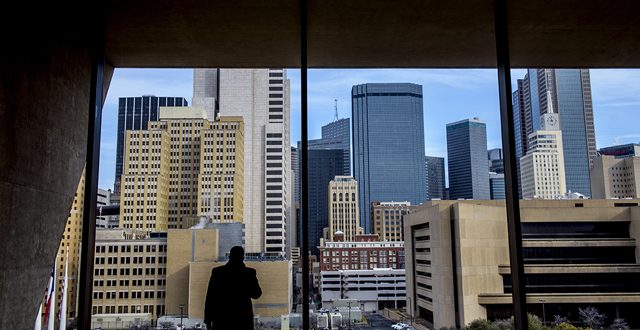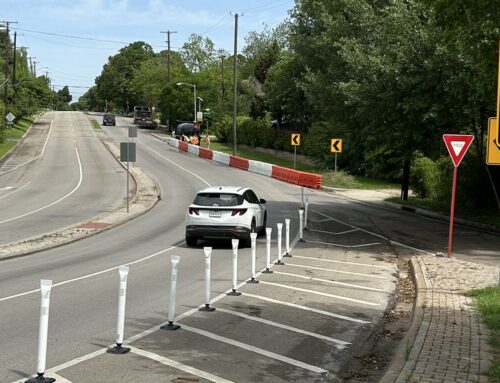
Dallas districts determine who represents our neighborhood at City Hall. Photo by Danny Fulgencio
Every 10 years after the census, lawmakers redraw state congressional, House, Senate and State Board of Education districts. It’s meant to guarantee equal voter representation and is one of the more-significant purposes of conducting the census in the first place.
The same happens on a more-local level, and Dallas County is in the early stages of redrawing city council, county commissioners, justice of the peace courts and school district board lines.
At the hyperlocal level, the City Council and our mayor Eric Johnson have appointed a redistricting commission to consider population changes and redrawing council districts, should they see fit to do so, based on Census data.
The process is lawful and equitable when conducted transparently and properly, but it is vulnerable to misuse as a tool to manipulate electoral outcomes, which is known as gerrymandering.
The best way to avoid gerrymandering? Get involved in the process.
“We should stay informed of plans; attend meetings where plans are presented and evaluated; contact organizations willing to evaluate proposed plans and offer alternatives; write letters of support or opposition to elected officials and the Department of Justice; and seek needed legal advice,” said voting rights project leader Sophia Lakin in a Q&A last summer. “The goal of redistricting is to provide fair and effective representation for all. We can help achieve that goal by actively participating in the redistricting process.”
The City of Dallas will host a series of virtual and in-real-life town hall meetings to offer input on the Dallas’ redistricting process. The first is this Saturday (Dec. 11) at 3:30.
Jesse Oliver, chairperson of Dallas’ Redistricting Commission says in an announcement that “community involvement and participation is critical to the success of the redistricting process,” which is why he wants to make public input as easy as possible.
“Ultimately, we want to make a redistricting map that represents our residents and their communities,” Oliver says.
There is a good argument to be made that the increased use of virtual meetings during the pandemic can and should lead to increased civic participation, and here is a good opportunity for us to learn about and participate in a process from which, in decades past, many of us would far removed. (We might have cared, but with children and jobs, who has time to attend a redistricting meeting in real life.)
A complete schedule of town halls and regular Redistricting Commission meetings, contact information for all redistricting commissioners, and a tool allowing Dallas residents to draw and submit their own maps is at DallasRedistricting.com. Residents may also provide feedback for redistricting commissioners any time by calling the Dallas Redistricting hotline at 214.671.5197.
City Hall will also provide American Sign Language interpreters to comply with the Americans with Disabilities Act. Oral interpretation for other languages is available upon request, Oliver says.
The Redistricting Commission plans to file its recommended districting plan for City Council consideration in May 2022. The Council has 45 days after the districting plan is submitted to adopt, or modify and adopt, a new districting plan. Any modification requires approval by three-fourths of the City Council. If final action is not taken by the City Council within 45 days, the Redistricting Commission’s recommended plan becomes final.
The new districting plan will be implemented at the next general election of Dallas City Council members conducted at least 90 days following the date the final districting plan becomes effective for the City, currently projected for May 6, 2023.





